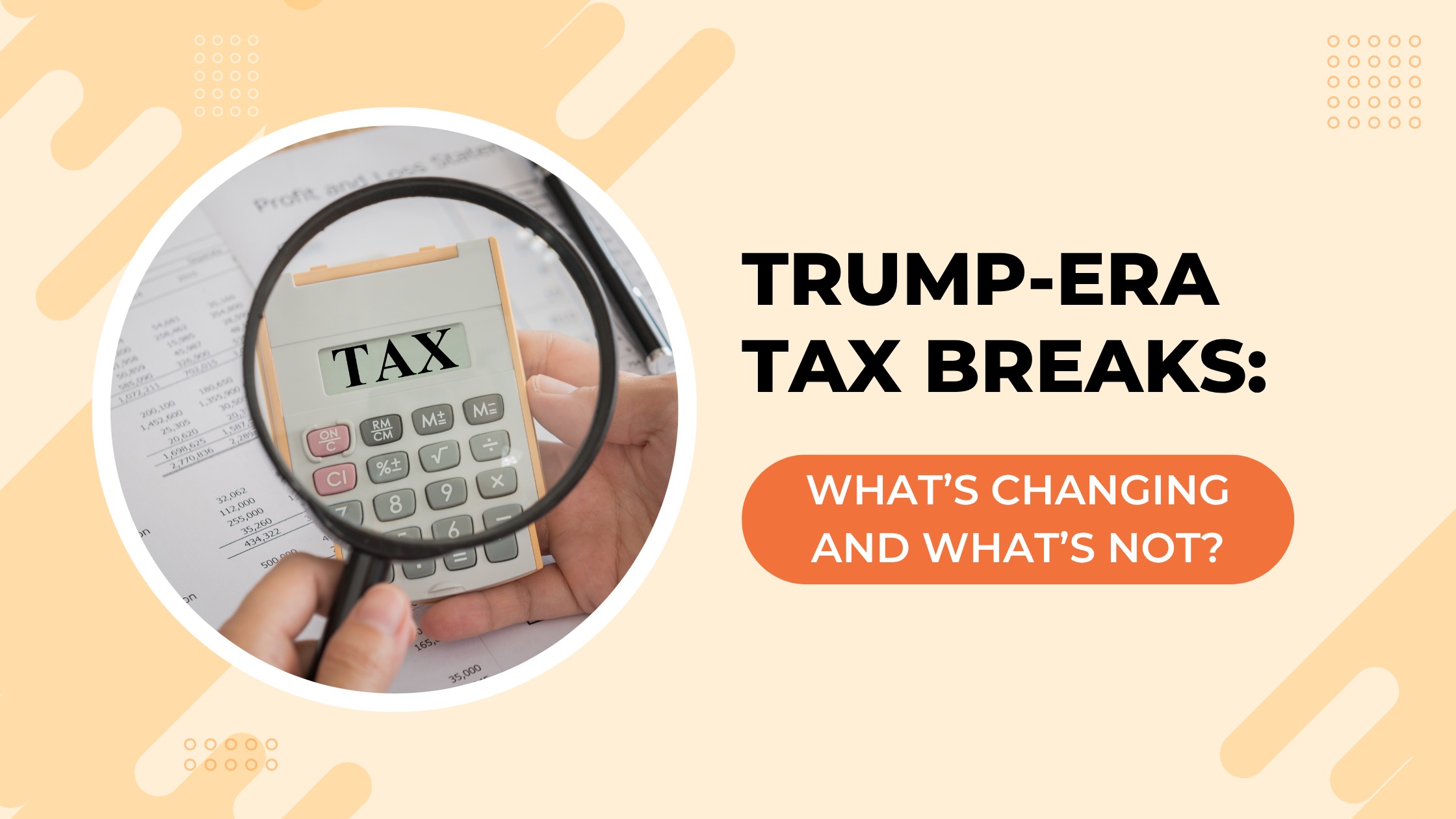What is tax loss harvesting and how does it save you money
Roshani Pandey is a financial advisor and founder of True Root Financial. True Root Financial is located in San Francisco, CA and serves clients across the globe.
Lee started investing in the stock market last year. Early in February this year, he received a 1099 tax form from his financial advisor. It showed that he had substantial capital gains for the year. Being a real estate agent, he immediately knew that big capital gains meant big taxes. He panicked.
He called his financial advisor, Amy. She explained to him that while he had capital gains, he also had sufficient capital losses that would cancel out those gains. She had created these capital losses by using a technique called tax loss harvesting. As a result of these losses, his tax liability would decrease and he would pay less current taxes.
Lee was relieved and wanted to understand more about this process. Amy told him that before explaining tax loss harvesting, it was first important to understand the different types of investment taxes.
Types of investment taxes
Most investors pay two types of taxes on their investment returns:
Income taxes
As the name suggests, income taxes are taxes you pay on any income. This not only includes investment income but also income from your job or any rental property. If you buy a bond and get an interest payment on it at the end of the month, that interest payment is your taxable income. It is added to any other taxable income you may have like a salary or a rental income. You then pay an income tax based on the tax bracket you belong to. Let’s say Lee has an effective tax rate of 25%. So, he would pay a 25% tax on his total taxable income.
In investment speak, income tax is also known as ordinary income tax. The reason is to differentiate it from a special tax called capital gains tax.
Capital gains tax
Capital gains taxes are taxes you pay on investment returns when you sell the investment.
Let’s say Lee bought a stock for $100 and a few months later, he sold it for $120. The $20 return he made on the stock is his capital gain and he needs to pay tax on it. The tax rate is determined by the holding period.
Holding period
Capital gains tax rate are different depending on how long you hold the stock before you sell it. If you hold it for more than 12 months before selling, the gain is considered to be a long-term capital gain. If you hold it for less, it is a short-term capital gain.
Capital gains tax rates
Long-term capital gains are taxed at special rates of 0%, 15% or 20% depending on which tax bracket you fall in. While very low earners pay nothing for capital gains, most people fall in the 15% rate. The highest earners pay 20%, plus a surcharge of 3.8%, totaling to a capital gains tax of 23.8%.
For most individuals, their capital gains tax rate is generally lower than their ordinary income tax rate. As an example, the highest earners pay an ordinary income tax of 37% as opposed to a long term capital gains tax of 23.8%.
Short-term capital gains are taxed at the same rate as ordinary income. Due to the tax impact, you generally want to avoid buying and selling a stock too quickly and creating a lot of short-term gains in your account.
Tax rates for dividends
If you receive any dividends, it may be taxed either at ordinary income tax rates or at long-term capital gains rates. The dividends from US stocks are generally classified as qualified dividends. Hence, you generally pay the long-term capital gains tax rate on them.
How does tax loss harvesting work?
Let’s say Lee had $2,000 of short-term capital gains and $5,000 of long-term gains. Assuming his effective tax rate is 25% and he falls in the 15% bracket for long-term gains, he would pay the following taxes:
Short-term capital gains= $2,000*25% = $500
Long-term capital gains = $5,000*15% = $750
Total tax on investments = $500+$750 = $1,250
Because Lee’s advisor, Amy did tax loss harvesting, his actual tax is much less. Here’s how Amy would have done this.
Step 1:
Check your account throughout the year for any paper losses. Let’s say Lee bought stocks for $10,000 and its value went down to $7,000 a few months later. He has a short-term capital loss of $3,000 but since he hasn’t already sold the stocks, this loss is only on paper. It’s not yet realized. So, he can’t claim it as a capital loss.
Step 2:
To claim the capital loss, Amy sells the stock for him and takes the loss of $3,000. Once you sell the stock at a loss, you realize the loss.
Step 3:
Now that she has created the capital loss, she will next buy the stock back at the lower price. But, she has to wait for 31 days to buy it back to avoid the Wash Sale Rule. The Wash Sale Rule is an IRS rule that dictates that investors must wait at least 30 days before purchasing another asset that is “substantially identical” to the asset that was sold at a loss. Otherwise, the loss is washed out, or disqualified.
So, while Amy waits for the wash sale period to be over, in order to stay invested in the market, she buys a similar stock as the one she sold. For example, if she had sold a technology stock to create the capital loss, she could buy a technology sector ETF and hold it for the 31 days.
Step 4:
After the 31 days are over and Lee is out of the wash sale period, Amy sells the holding stock, the technology sector ETF in the above example and buys back the original stock.
Step 5:
Now, Lee has a short-term loss of $3,000. Amy applies the short-term loss to the short-term gains first. Only short-term capital losses can offset short-term capital gains. Additionally, short-term capital gains have a higher tax rate. So, Amy minimizes that first. Then, she applies the remaining losses to long-term gains. This is how Lee’s taxes would change as a result of these capital losses:
Short term capital gains = $2,000-$2,000 = $0 *25% = $0
Long-term capital gains = ($5000-$1,000) = $4,000*15% = $600
Total taxes = $600
Tax saving from tax loss harvesting = $1,250-$600 = $650
You could repeat the above steps multiple times to create more losses so that it cancels out more gains in the account.
Which accounts should you do tax loss harvesting in?
You can do tax loss harvesting in any account where you pay taxes. Accounts like 401K or IRA’s are tax-deferred. So, tax loss harvesting is not necessary there.
Benefits of tax loss harvesting
1. It helps minimize your current taxes
In a year where you might have significant gains, tax loss harvesting can offset these gains. Even if you don’t have any gain currently, losses can be carried forward and used to offset future gains
2. It helps defer your capital gains taxes
One of the criticisms against tax loss harvesting is that it doesn’t really reduce your taxes, it just defers it. This may be true if you plan to sell your investments at some point in the future. This is because when you do tax loss harvesting and buy the stock back at a lower price, you also lower your cost basis. Cost basis basically means the cost at which you buy a stock. The lower your cost basis, the higher your capital gains. So, because you bought the stock at a lower price, you have higher capital gains in the future when you sell the stock.
But the tax deferral itself is also valuable. When you save taxes in a certain year and defer it into the future, you can invest those tax savings. The longer you can defer paying taxes, the longer those savings will compound and create more returns. You will eventually have to pay capital gains when you sell those investments but you may still net out to higher returns as a result of the compounding. Here’s an example from roboadvisor, WealthFront on how tax deferral from tax loss harvesting can help you.
3. It can help reduce your taxes
If you do not plan to sell your investments but plan to pass it to your heirs or give it to charity, tax loss harvesting does in fact, reduce your taxes. This is because at death or upon your gift to a charity, your cost basis adjusts to the fair market value at the time. This is also known as a step up in basis.
4. Capital losses can also offset ordinary income
If you have more capital losses than gains, you can use up to $3,000 a year to offset ordinary income on federal income taxes, and carry over the rest to future years.
Other considerations to minimize taxes
Amy explained to Lee that taxes are an important factor in determining Lee’s return. So, besides doing tax loss harvesting, they had also considered other tax factors. This included, among others, housing the investments in the correct accounts. For example, they kept investments that generated a lot of ordinary income like bonds and real estate investment trusts (REITs) in Lee’s non-taxable account like his IRA. Since ordinary income tax rate is generally higher for most individuals, housing these investments in a non-taxable account, lowers Lee’s tax bill.
Next steps for you for tax loss harvesting
Most financial advisors do tax loss harvesting with the help of a computer program. While you might be able to buy a software to help you with this, it is best to leave it to your advisor to do.
For most of us, life gets in the way of monitoring our accounts daily and making these transactions. In fact, just like reinvesting dividends, tax loss harvesting is another reason to hire an advisor to manage your money rather than doing it yourself. Additionally, most advisors, including roboadvisors offer this service for free.
If you already have a financial advisor, make sure that they are doing this for you consistently.









Leave a Reply
Want to join the discussion?Feel free to contribute!